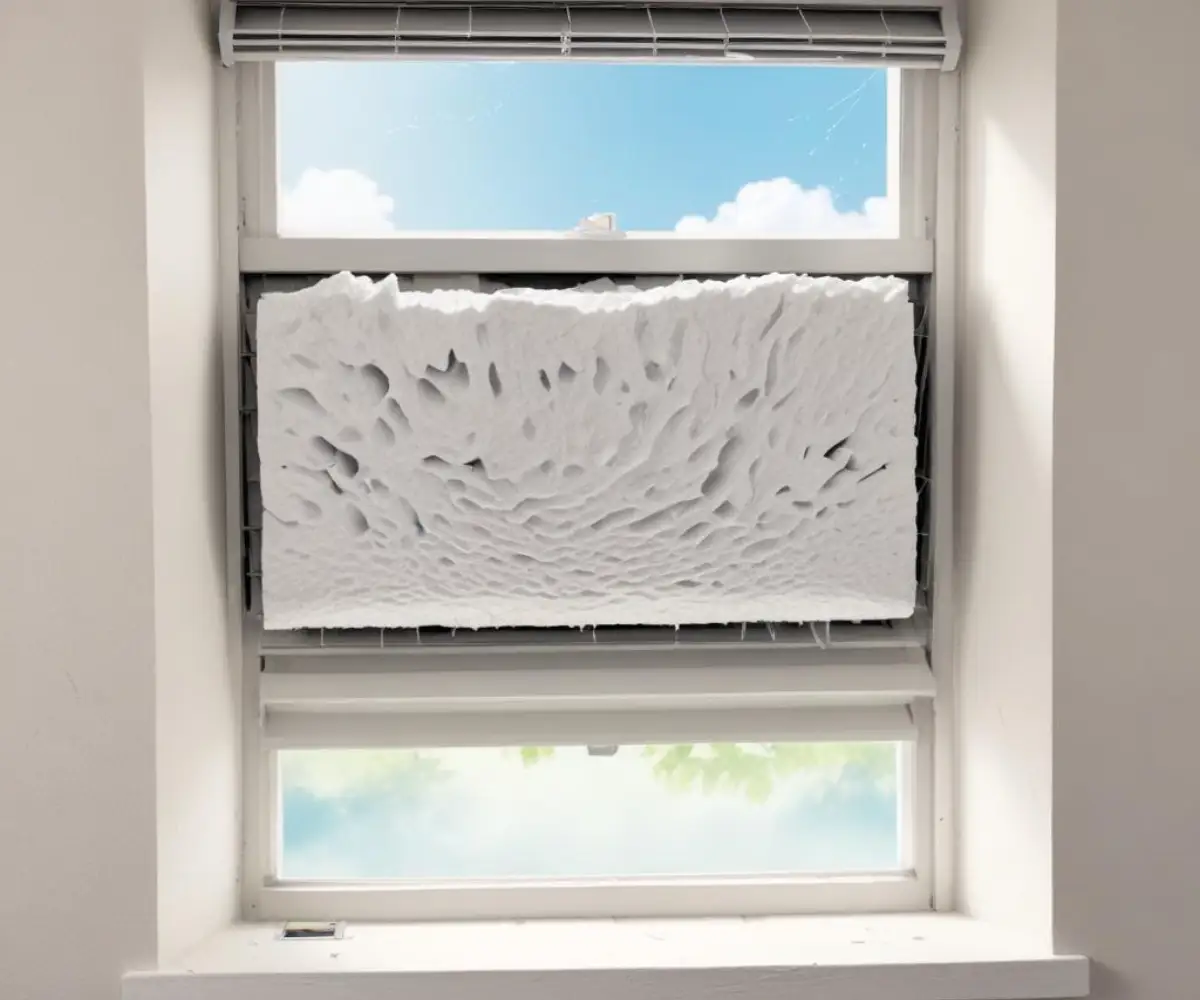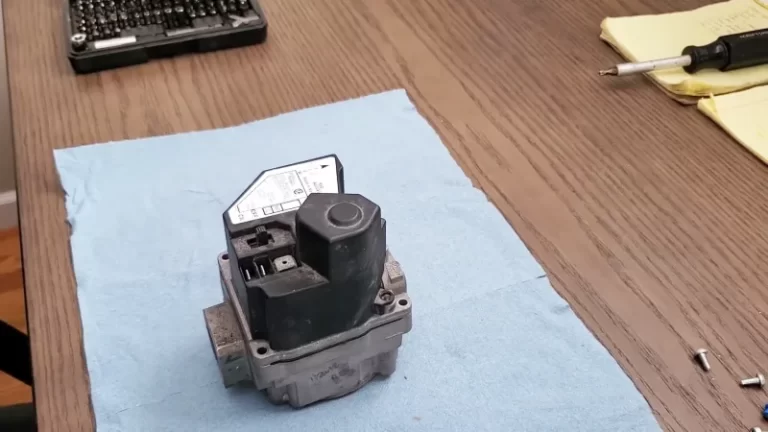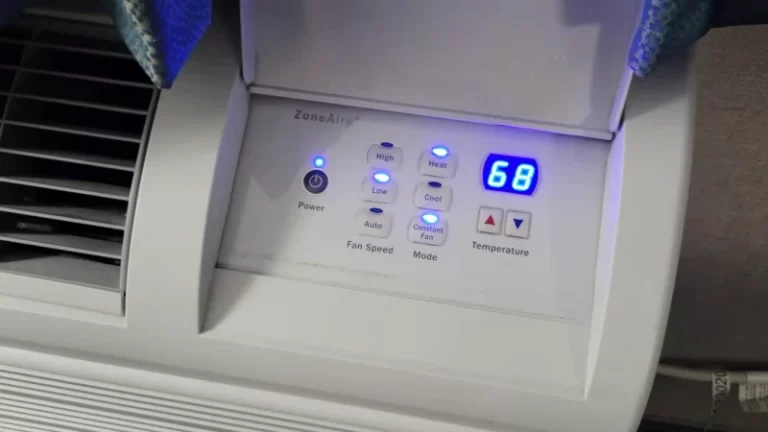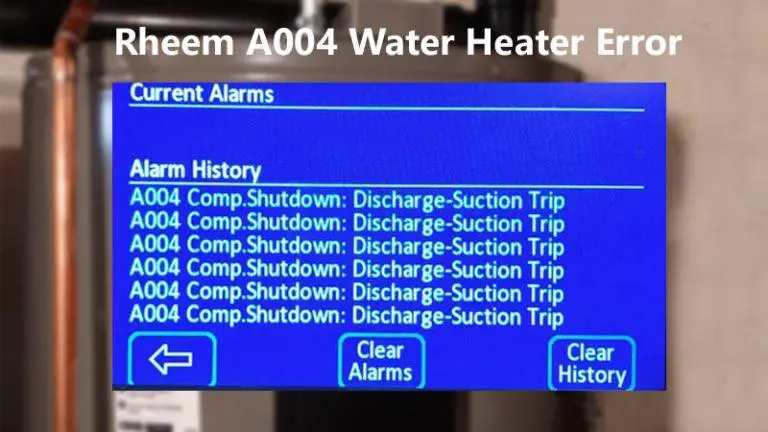Cracked AC Styrofoam? Don’t Ignore This Silent Efficiency Killer
You pull out your window or portable air conditioner for the season, expecting a blast of cold air. Instead, you’re greeted with lukewarm breezes and a subtle rattling sound. A quick peek inside reveals something alarming: the white styrofoam casing is cracked. Your first instinct might be to dismiss it as minor wear and tear, but this seemingly small issue is a significant problem in disguise.
That cracked styrofoam is not packing material you forgot to remove. It is a critical component responsible for your unit’s efficiency, noise level, and even the prevention of water damage. Ignoring it is like ignoring a crack in your home’s foundation—it only leads to bigger, more expensive problems down the line.
You'll Learn About
Why Is There Styrofoam in Your Air Conditioner Anyway?
Many people are surprised to see Expanded Polystyrene (EPS), commonly known as styrofoam, inside their air conditioners. This lightweight material is intentionally placed there and serves several crucial functions. Understanding its purpose highlights why a crack can be so detrimental.
The styrofoam acts as an essential insulator, separating the cold evaporator coils from the hot condenser coils. It also directs airflow and dampens operational noise. Without it, your AC would be incredibly inefficient and loud.
The Three Pillars of AC Styrofoam Function
Thermal Insulation: The primary role of the styrofoam is to insulate the cold parts of your AC from the hot parts and the outside world. This barrier ensures that the cold air produced by the evaporator coil is blown into your room, not wasted cooling the internal components of the unit itself.
Condensation and Airflow Management: The molded styrofoam forms the air ducts that guide cool air into your room. It also helps manage condensation, directing water runoff to the exterior drain pan and preventing it from leaking into your home.
Noise Reduction: Styrofoam is an excellent sound dampener. It absorbs the vibrations and noise from the compressor and fan motor, making the unit much quieter during operation.
The Silent Culprits: What Causes AC Styrofoam to Crack?
Styrofoam, while effective, is not indestructible. Several factors can lead to cracks, fractures, and even large missing chunks over time. Identifying the cause can help you prevent future damage.
From simple aging to pest invasions, the reasons for failure are varied. Often, the damage occurs during seasonal installation, removal, or cleaning when the unit is handled improperly.
Common Causes of Styrofoam Damage
Age and Material Fatigue: Over years of exposure to temperature fluctuations and vibrations, styrofoam can become brittle. This makes it highly susceptible to cracking under even minor stress.
Accidental Impact: Mishandling the air conditioner is a leading cause of damage. Dropping the unit or bumping it forcefully during installation or storage can easily crack the internal foam structure.
Pest Infestations: Rodents and insects can find the inside of an AC unit to be an attractive home, especially during the off-season. Mice, in particular, are known to chew through styrofoam to create nests, causing significant damage. If you suspect pests, determining if it is worth getting an exterminator for mice becomes a critical next step to prevent further destruction.
The Hidden Dangers of Cracked AC Styrofoam
A crack in the styrofoam is more than a cosmetic flaw. It directly impacts your AC’s performance and can lead to a cascade of other problems, some of which can be costly to fix.
From decreased cooling power to serious water damage, the consequences are significant. Addressing the issue promptly is key to avoiding these outcomes.
Plummeting Efficiency and Soaring Energy Bills
When the styrofoam barrier is compromised, cold air leaks into the wrong parts of the unit, and hot outside air can infiltrate the cool side. Your AC has to work much harder to reach the set temperature, leading to a noticeable increase in your electricity consumption and higher utility bills.
This loss of efficiency means the unit runs longer and more frequently. This not only costs you money but also puts excessive strain on the compressor, potentially shortening the lifespan of the entire appliance.
Water Damage and a Welcome Mat for Mold
Cracks in the styrofoam can disrupt the carefully designed channels that manage condensation. Water that should be dripping outside can instead leak from the front of the unit, potentially damaging your windowsill, wall, and floor.
This constant moisture creates a perfect breeding ground for mold and mildew. Mold spores can then be circulated into your room with the cool air, posing a significant health risk to you and your family.

Annoying Rattles and Increased Operating Noise
The sound-dampening qualities of the styrofoam are lost when it’s cracked. You may notice new buzzing, rattling, or humming sounds as the internal components vibrate more freely.
Loose pieces of styrofoam can also get caught in the blower fan, creating a loud and disruptive rattling noise. This increased noise can be a constant annoyance, especially in a bedroom or office.
Repair or Replace? Making the Right Decision
Once you’ve identified cracked styrofoam, you have two choices: attempt a repair or replace the damaged part. The best course of action depends on the extent of the damage and your comfort level with DIY projects.
For small, clean cracks, a repair is often a viable and cost-effective solution. However, for extensive, crumbling, or pest-related damage, replacement may be the only reliable option.
| Scenario | Recommended Action | Key Considerations |
|---|---|---|
| Single, clean crack (less than 6 inches) | Repair | Easily accessible and can be sealed effectively with appropriate adhesive. Low cost and quick to perform. |
| Multiple large cracks or missing chunks | Replace Part (If Available) | Repairing large gaps is difficult and often unreliable. A replacement part ensures a proper seal and insulation. |
| Crumbling or brittle styrofoam | Replace Part or Entire Unit | If the foam is deteriorating due to age, a simple repair won’t last. The entire foam component is likely compromised. |
| Damage caused by pests (chewing, nests) | Replace Part | Pest-damaged foam can be contaminated and is structurally unsound. It’s crucial to thoroughly clean and disinfect the unit before installing a new part. |
| Replacement part is unavailable | DIY Repair / Professional Consultation | If you cannot source a replacement, a meticulous repair is the next best option. For complex damage, consult an appliance repair professional. |
Your Step-by-Step Guide to Repairing Cracked Styrofoam
If you’ve decided that a repair is the right approach, following the correct procedure is essential for a lasting fix. With the right materials and a little patience, you can restore the integrity of your AC’s insulation.
This process involves cleaning, selecting a safe adhesive, and properly sealing the crack to ensure it’s airtight and durable.
Step 1: Safety First – Power Down the Unit
Always unplug the air conditioner from the power source before beginning any work. This eliminates the risk of electric shock. Move the unit to a well-ventilated area where you have enough space to work comfortably.
Step 2: Access and Clean the Damaged Area
Remove the front grille and filter to get a clear view of the styrofoam. Use a vacuum with a brush attachment to gently remove any dust, debris, or loose styrofoam bits from the crack and surrounding area. For stubborn dirt, use a soft, dry cloth.
Step 3: Choosing the Right Adhesive
Do not use just any glue. Many common adhesives contain solvents that will melt and dissolve styrofoam. You must use a foam-safe product.
Look for adhesives specifically labeled for use with polystyrene or foam board. Waterproof silicone sealant or a specialized foamboard construction adhesive are excellent choices as they are strong, flexible, and won’t damage the material.
Step 4: Applying the Sealant and Reinforcing the Repair
Apply a thin, even bead of the foam-safe adhesive directly into the crack. Gently press the two sides of the crack together, ensuring a snug fit. For wider gaps, you may need to apply the sealant more generously.
For added durability, you can reinforce the repair. After the adhesive has fully cured, apply a layer of strong, waterproof tape (like foil tape or all-weather sealing tape) over the sealed crack. This creates an extra barrier against air and moisture leaks.
Proactive Protection: How to Prevent Future Styrofoam Damage
Once your AC is repaired, taking a few preventative steps can save you from having to do it again. Proper handling, storage, and maintenance are key to preserving the internal components.
Simple actions during the year can significantly extend the life of your air conditioner’s styrofoam insulation. This includes protecting it from both physical damage and environmental threats.
When installing or removing the unit, always handle it with care and avoid impacts. During the off-season, store your AC in its original box or cover it in a dry, pest-free location. A related issue, a window AC top panel sagging, can also stress the unit’s frame and internal parts, so ensuring the entire unit is properly supported is crucial.
The Bigger Picture: AC Health and Your Home’s Environment
Maintaining your air conditioner is part of a holistic approach to home comfort and efficiency. Just as a cracked window seal can compromise your home’s insulation, a crack in your AC’s styrofoam undermines its performance. This connects to broader home maintenance themes, like deciding if are sliding glass doors out of style when considering your home’s overall energy envelope.
A well-maintained air conditioner not only keeps you cool but also contributes to better indoor air quality and lower energy consumption. It’s a small appliance that plays a big role in your home’s ecosystem.
Final Thoughts: Don’t Let a Simple Crack Cost You a Fortune
That cracked styrofoam inside your air conditioner is a critical issue that demands your attention. It’s a silent killer of efficiency, a source of annoying noise, and a potential cause of water damage and mold growth.
By understanding its purpose, identifying the cause of the damage, and taking swift action to repair or replace it, you can restore your AC’s performance. You’ll enjoy colder air, a quieter home, and lower energy bills all summer long.



